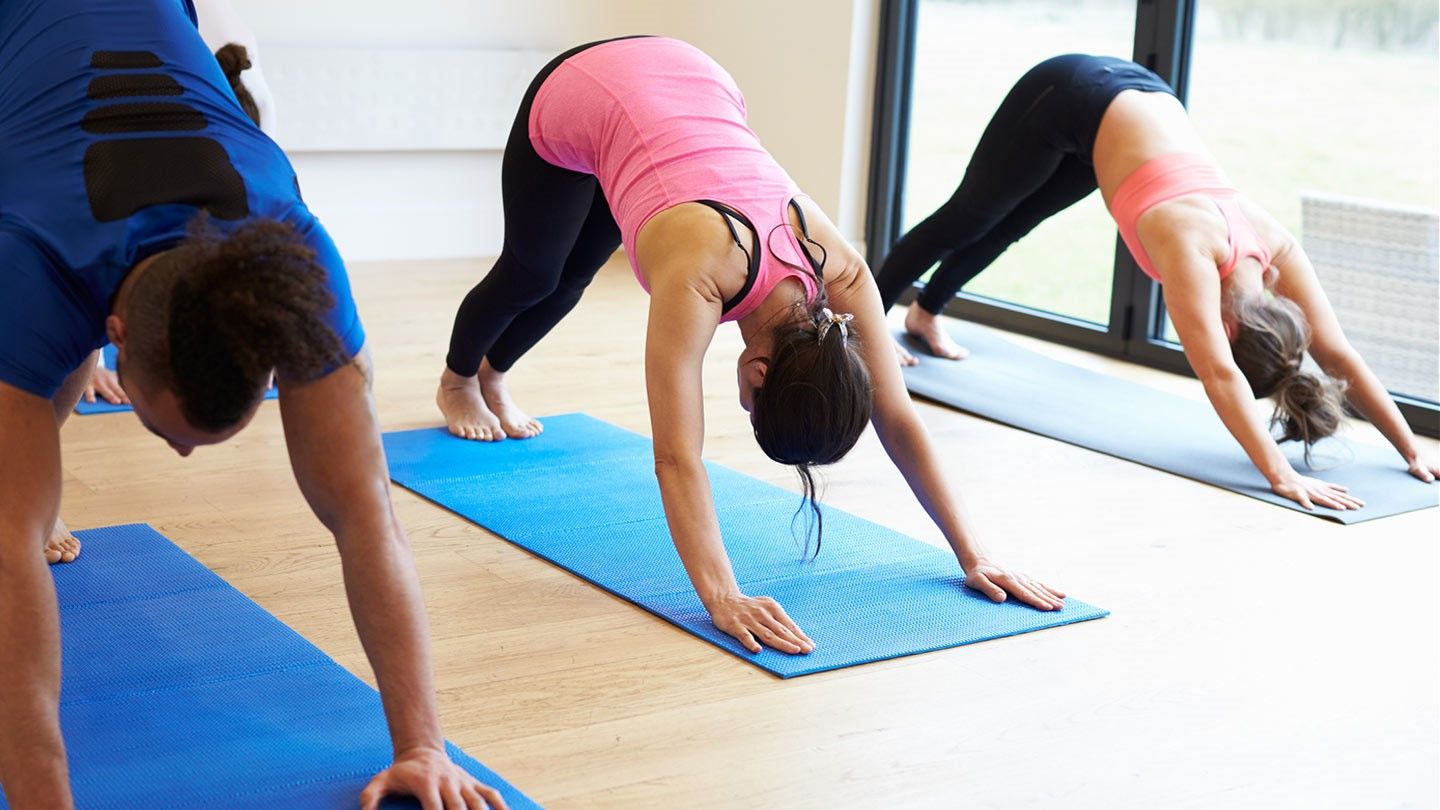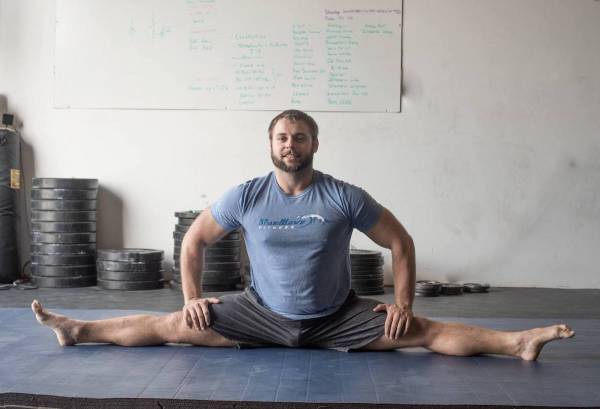
How to Alleviate Lower Back Pain
Brendan emphasises that stretching is not the only solution for how to alleviate lower back pain. He urges viewers to recognise that tightness in one area does not always imply that stretching is the answer. Brendan walks us through the stages of dysfunction, emphasising the last stage, pain. Tightness precedes pain, and even before that, there is weakness and dysfunction, which often go unnoticed.
Reassessing the Approach
Brendan challenges the conventional approach to low back pain, which typically entails seeking medical attention for pain relief and then attempting to stretch the tightness away. Instead, he advocates for a backwards approach in which strength is built first. This novel approach aims to lay a solid foundation, making stretching safer and more effective in the long run.
The Pyramid of Progression: Alleviate Lower Back Pain
Brendan introduces the Pyramid of Progression, which turns the traditional model on its head. Rather than focusing on pain relief first, he suggests starting with strengthening the pyramid’s weak points. This foundation is critical for progressing to stretching and, ultimately, achieving long-term strength and relief.
Building the Four-Way Hip Foundation
The Four-Way Hip concept is central to Brendan’s approach, which is a comprehensive strategy that targets the front, outer, posterior, and inner aspects of the hips. He breaks down the recommended exercises for each area, encouraging viewers to incorporate them into their routines. Brendan provides a step-by-step plan for strengthening and stretching the hips, including split squats and pigeon stretches.
Upper Body and Core Integration to Alleviate Lower Back Pain
Brendan introduces upper body and core exercises to broaden the focus beyond the hips. Hanging exercises, such as hangs and pullovers, take centre stage for improved shoulder mobility. Brendan emphasises the importance of a well-balanced approach, stating that stretching and strength training are not mutually exclusive but rather part of a spectrum.
Harmony Between Stretching and Strength
Brendan’s video highlights the importance of stretching and strength training. He challenges the dichotomy between the two, claiming that stretching is essentially a form of low-grade strength training. This revelation encourages viewers to approach both activities with a balanced mindset, acknowledging the symbiotic relationship between stretching and strength-building.
Crafting a Personal Routine
Brendan concludes the video by providing practical advice on incorporating the discussed concepts into a personalised routine. He emphasises the importance of discernment and self-awareness, urging viewers to proceed slowly. The emphasis is on playing the “long game” and avoiding excessive stretching, particularly for those with sensitive low backs.
How to Alleviate Lower Back Pain
Finally, Brendan’s video offers a new and insightful perspective on dealing with low back pain. His expertise in combining stretching and strength training opens up new avenues for those seeking long-term relief. Allow Brendan’s wisdom to guide you on your journey to a healthier lower back, and may you find the strength and flexibility required for a pain-free life. Here’s to Brendan and his quest for a strong, healthy lower back!
https://mobilityabilityagility.com/
https://mobilityabilityagility.com/
🚀 Be the first to know! Join Our Inner Circle for Exclusive Updates 🚀
Welcome to our inner Inner Circle! Get ready to dive into a world of blog updates and exciting product launches, delivered straight to your inbox.
🔥 What’s in it for you?
- Stay ahead of the curve with up-to-the-minute blog post releases.
- Be the first to discover our latest products and offerings before anyone else.
- Access free updates on our newest blog posts, packed with valuable insights.
Join our tribe of forward-thinkers, early adopters, and knowledge seekers. By subscribing, you’ll be part of a like-minded community committed to growth, learning, and staying in the know.
Expect engaging content, actionable tips, and a touch of inspiration. We’re excited to embark on this journey with you. Welcome aboard!

